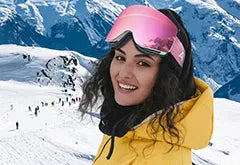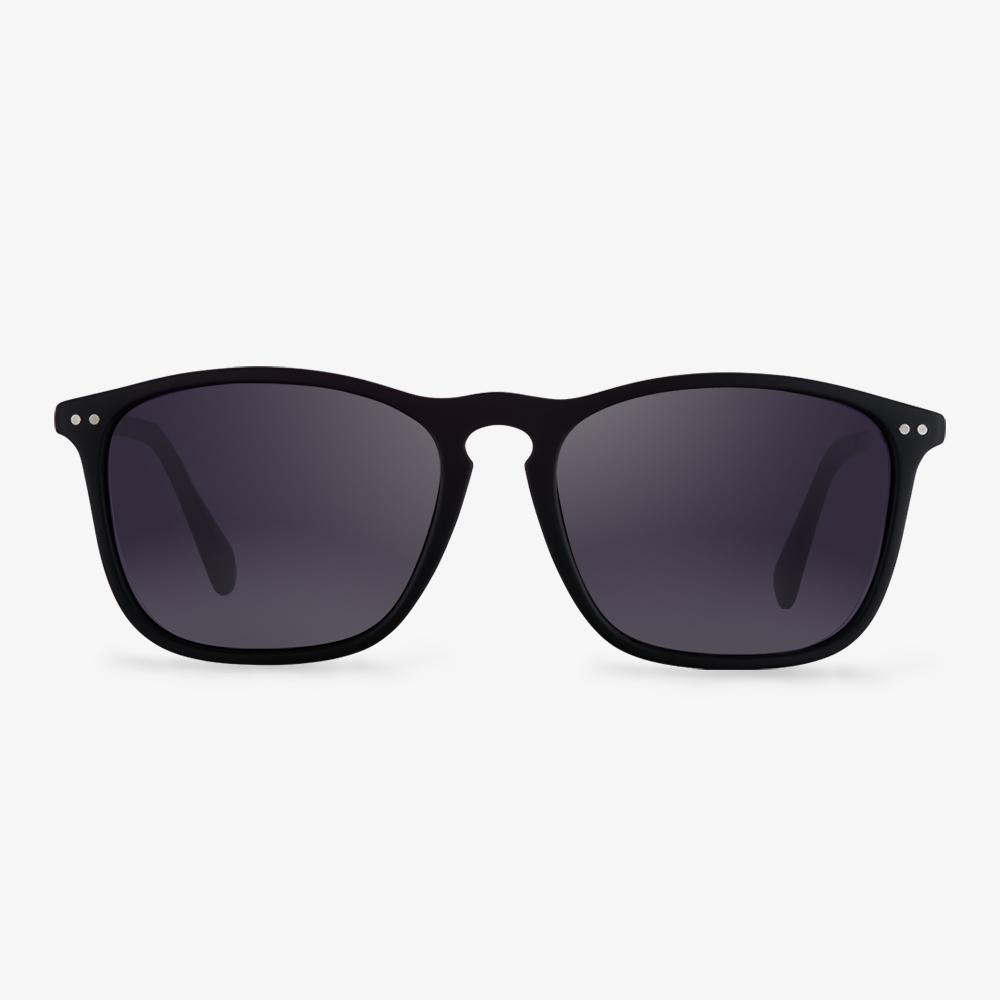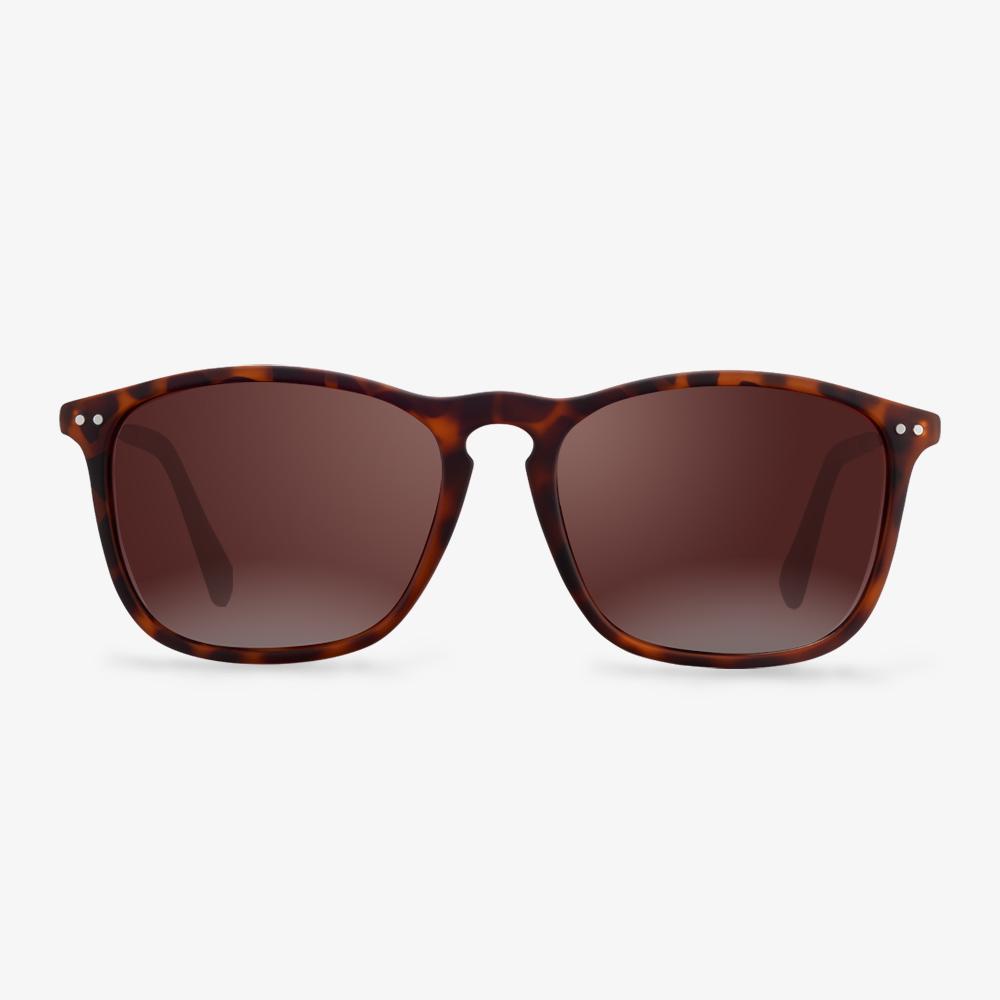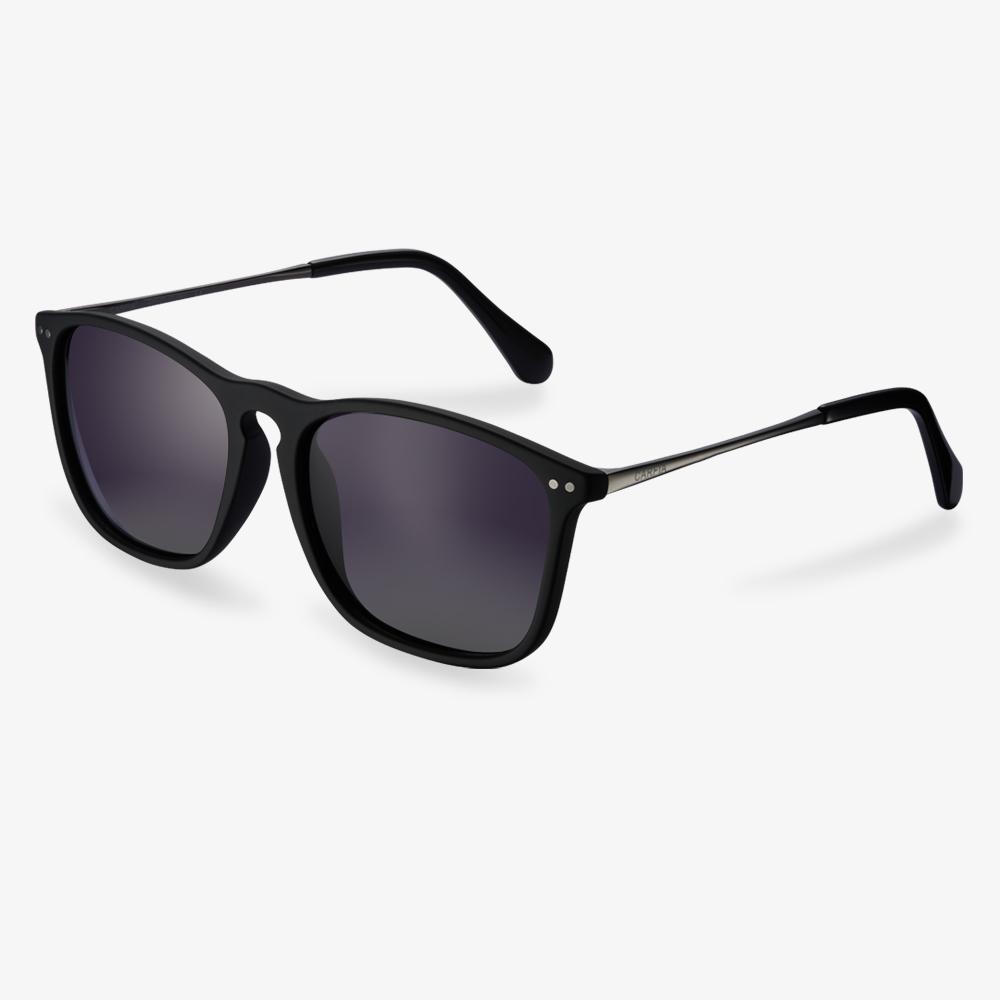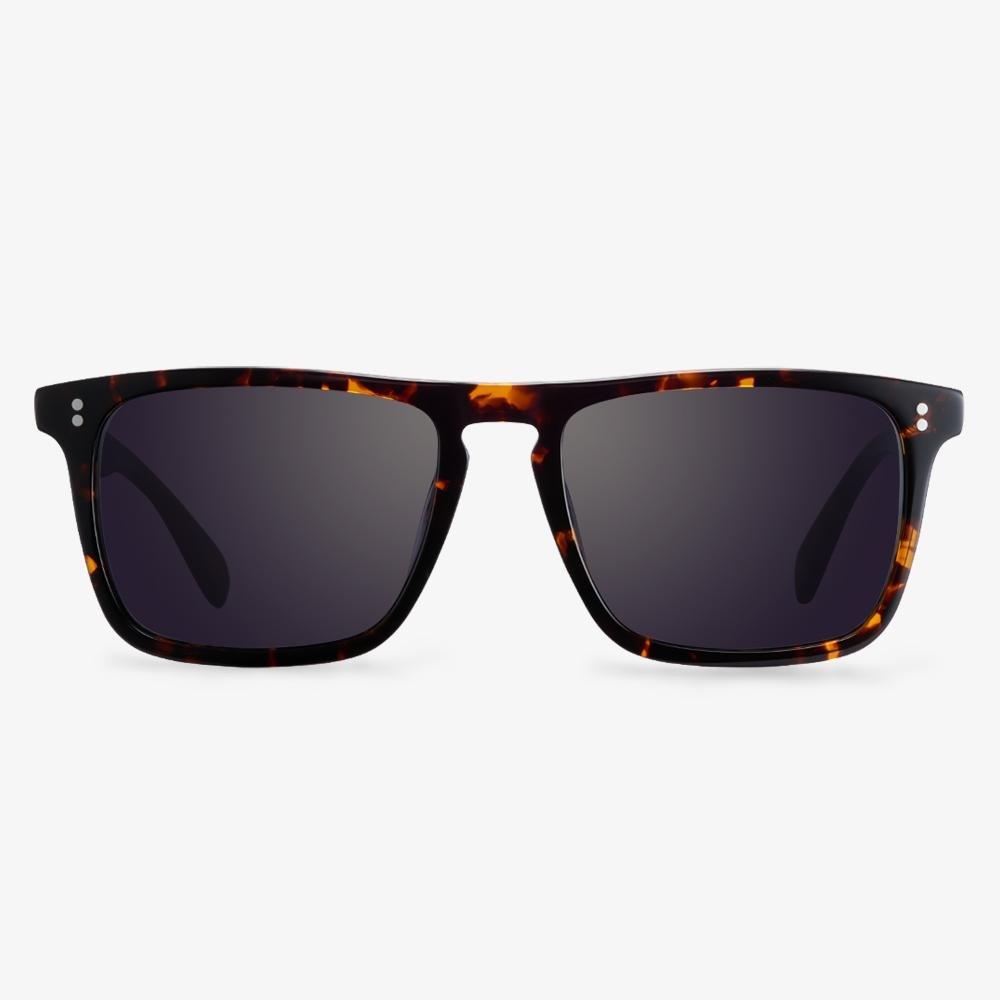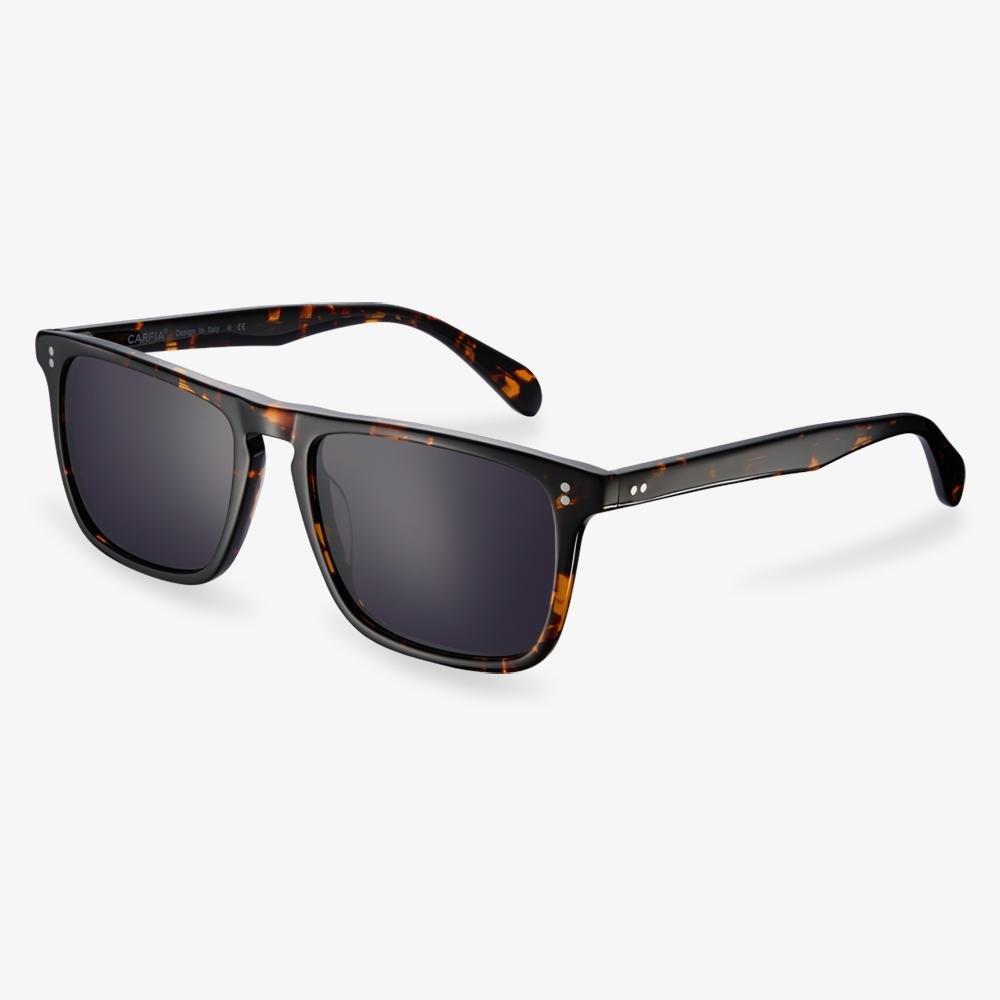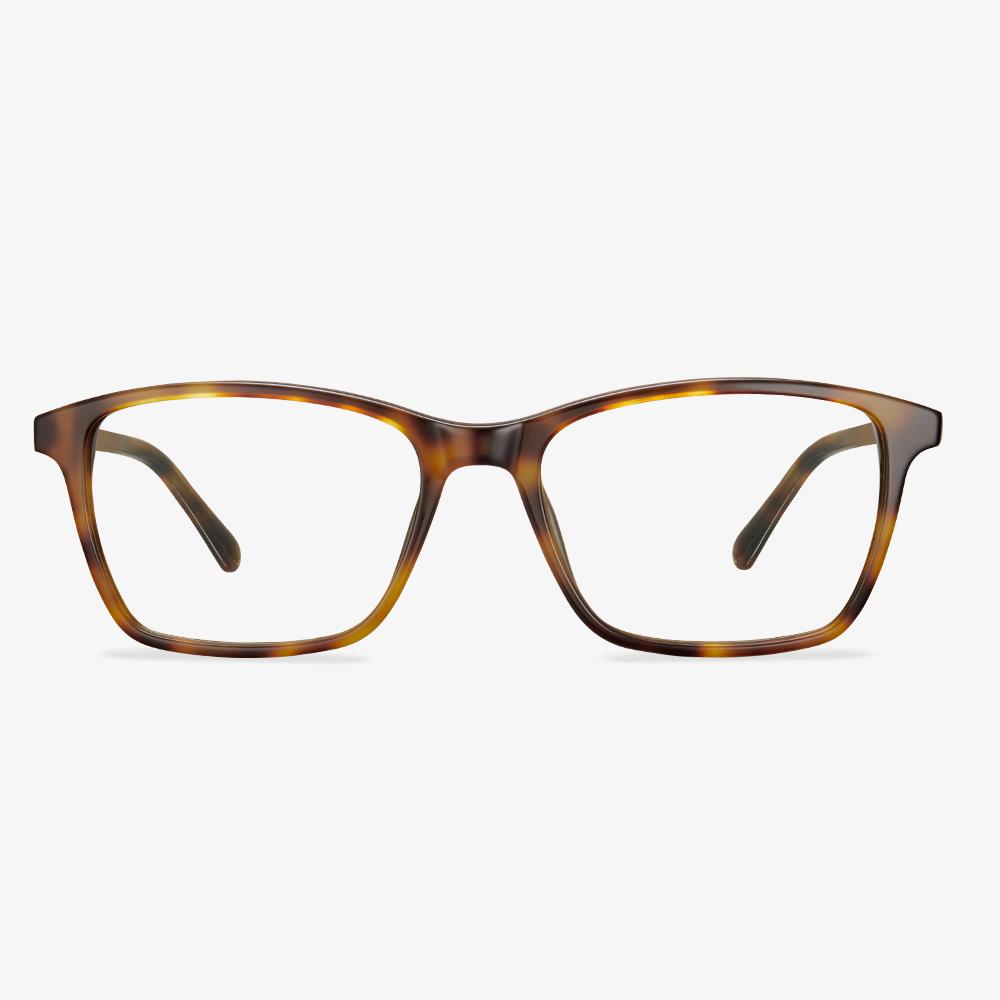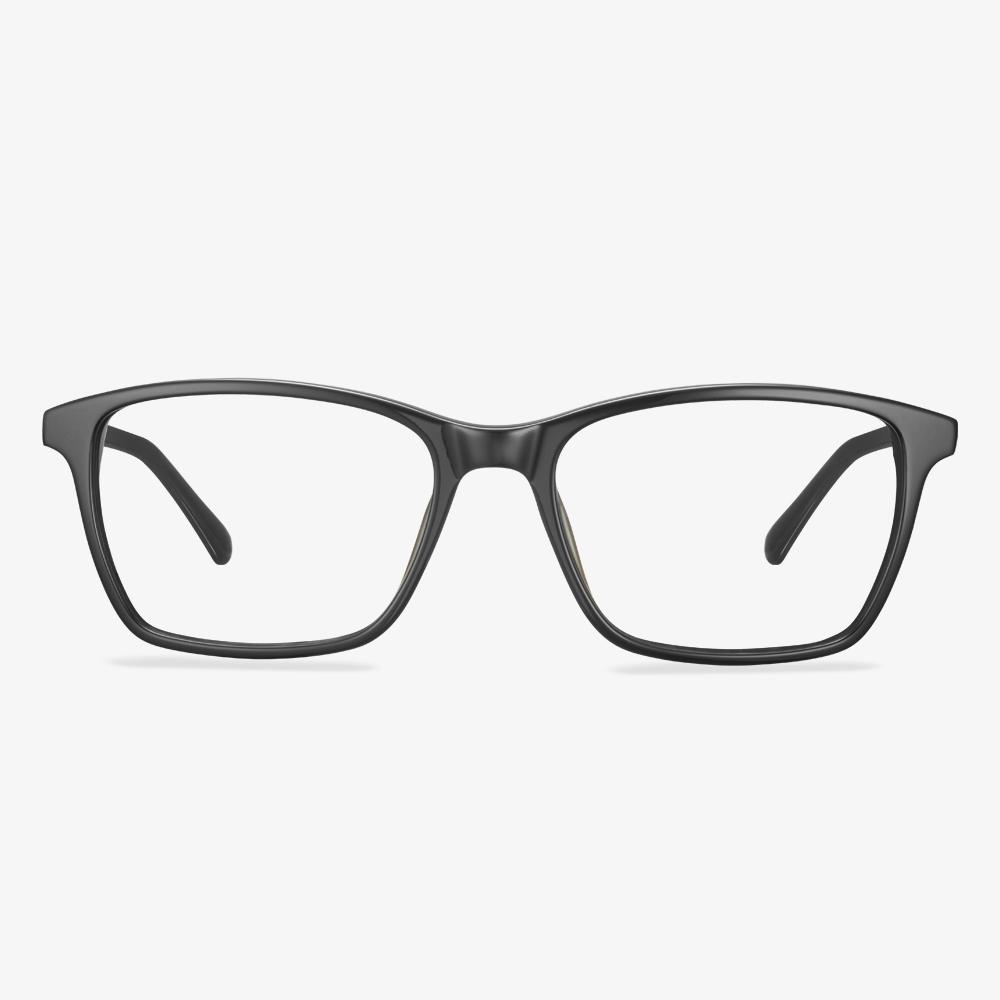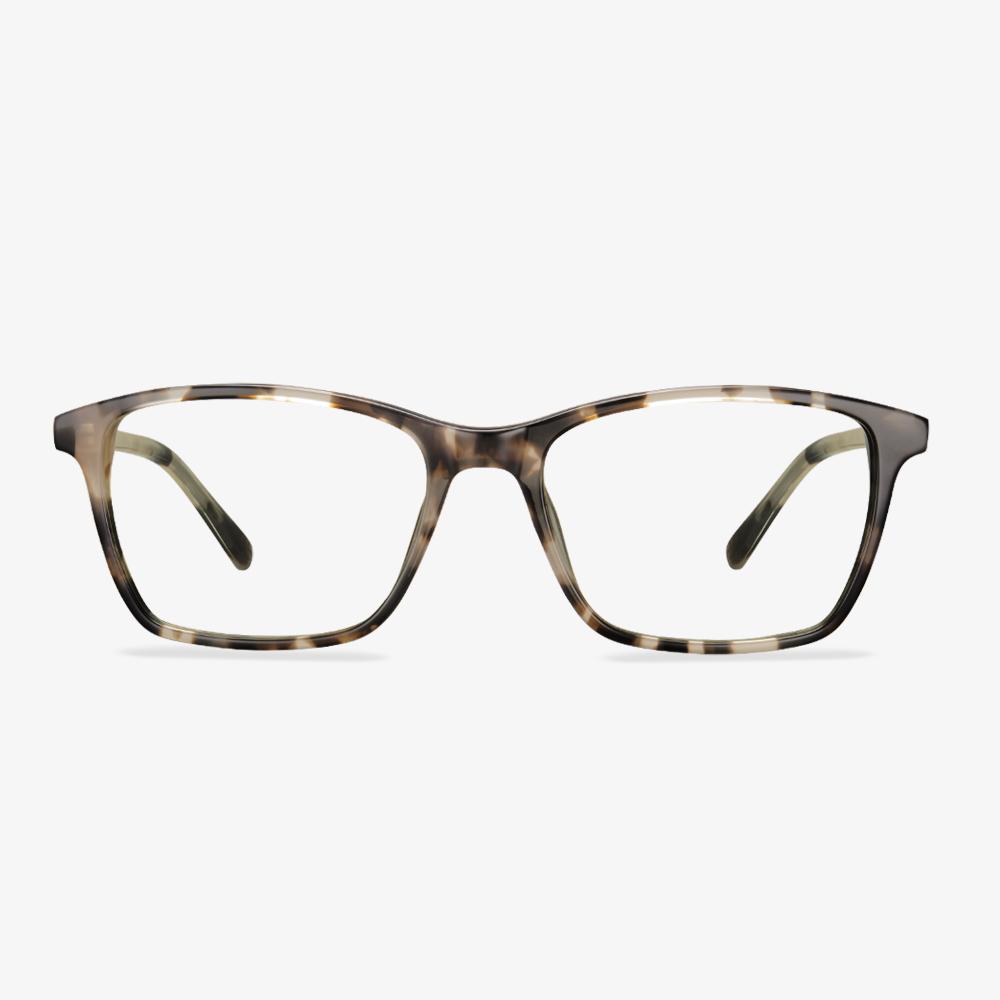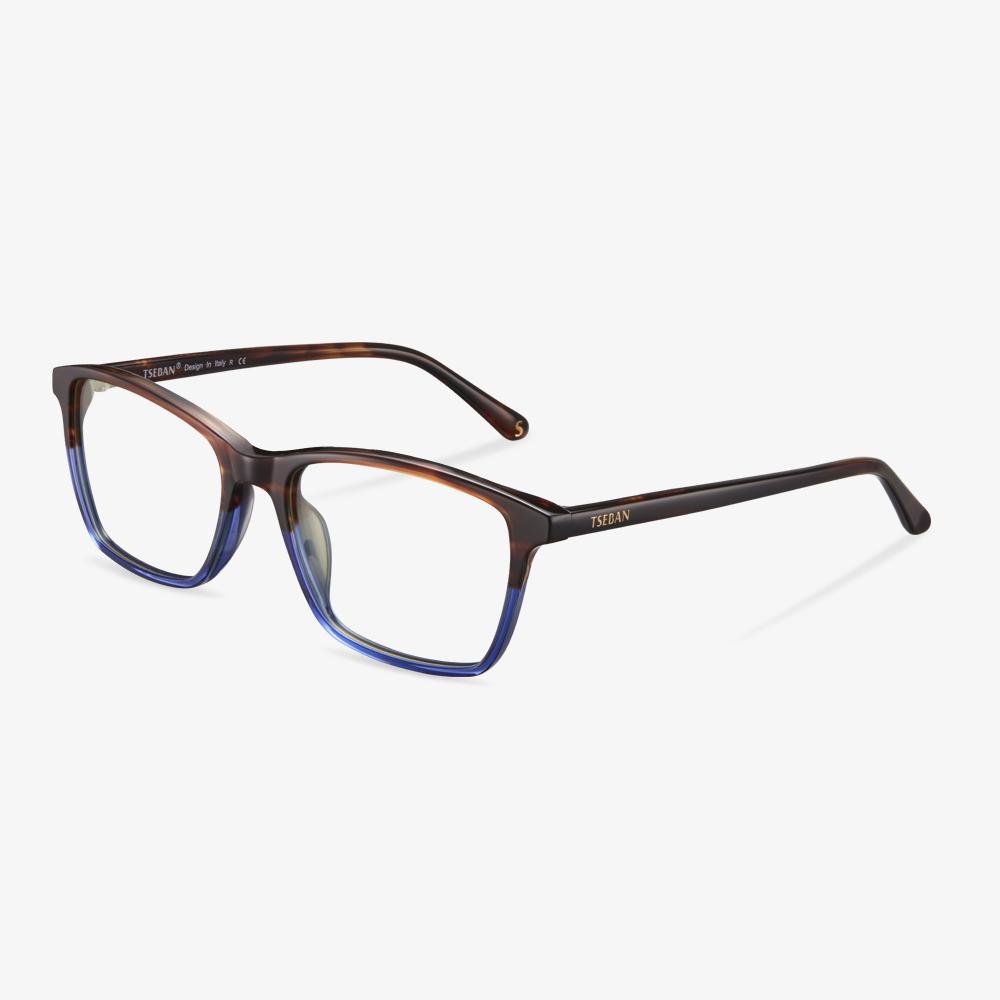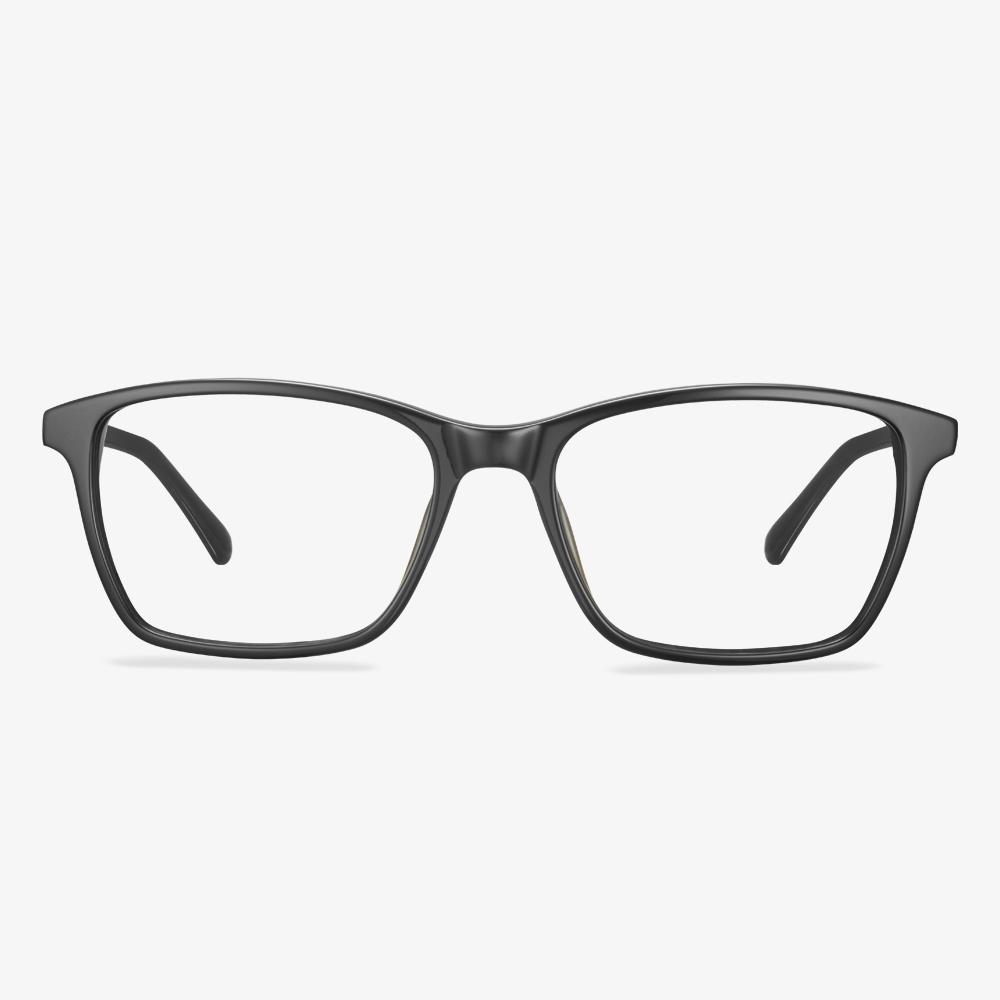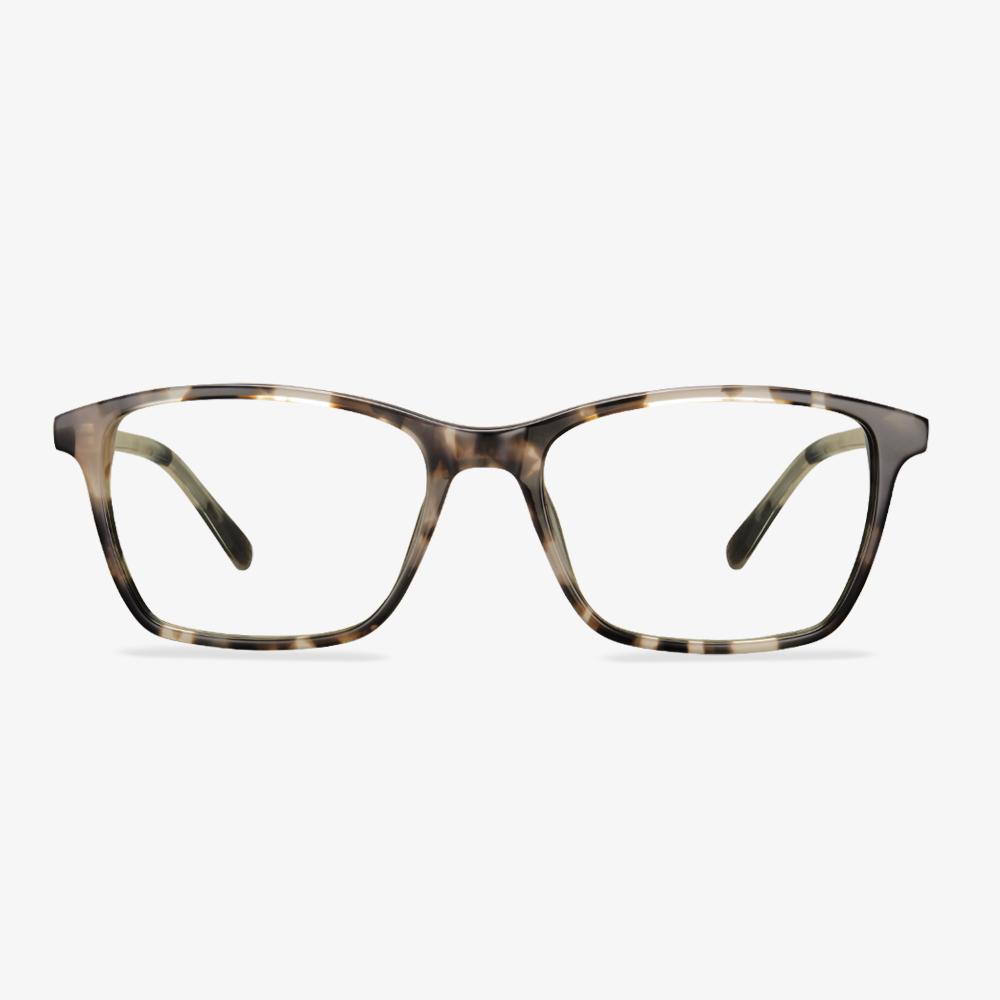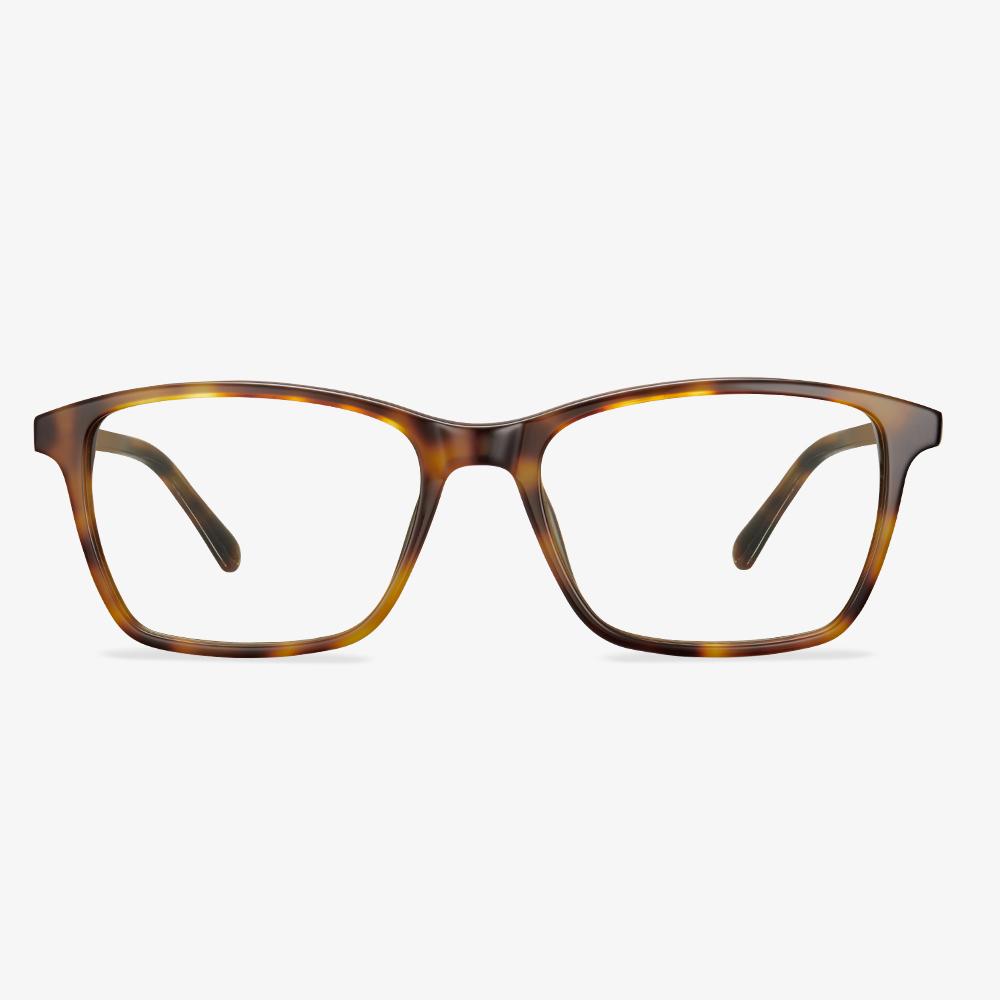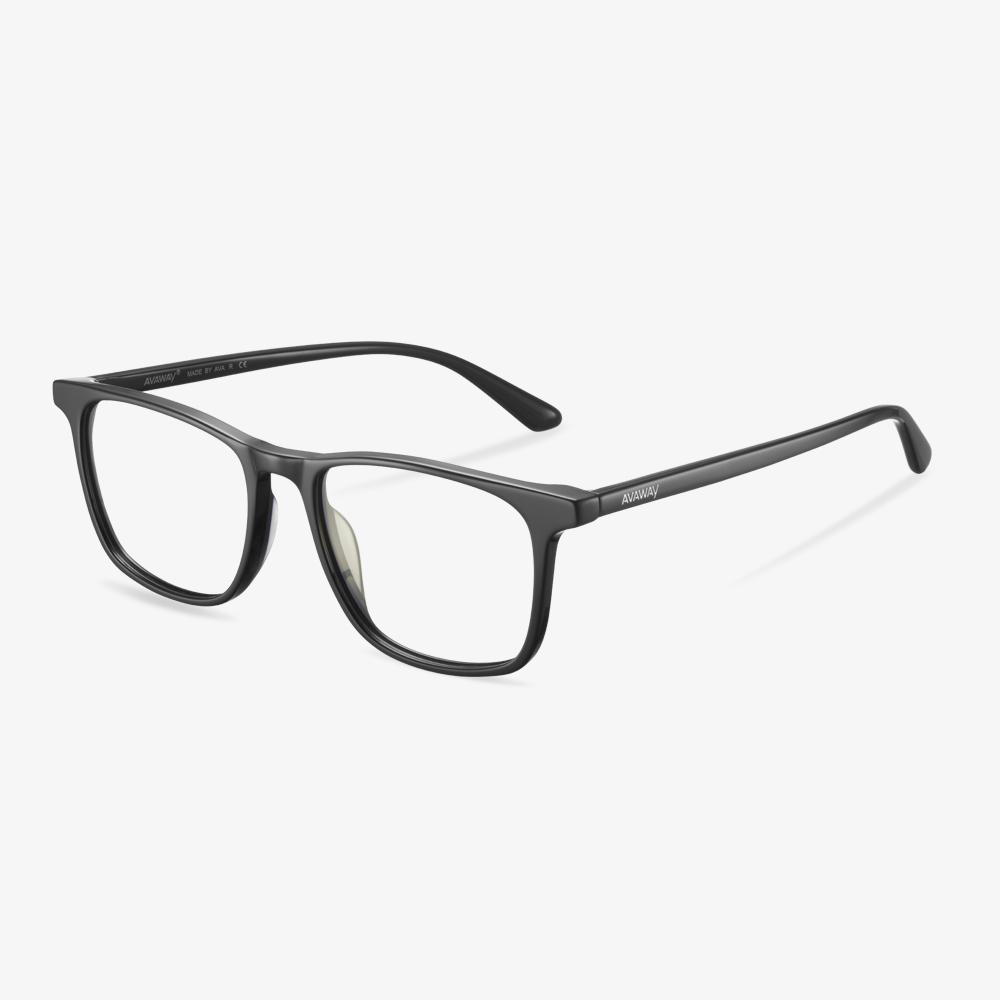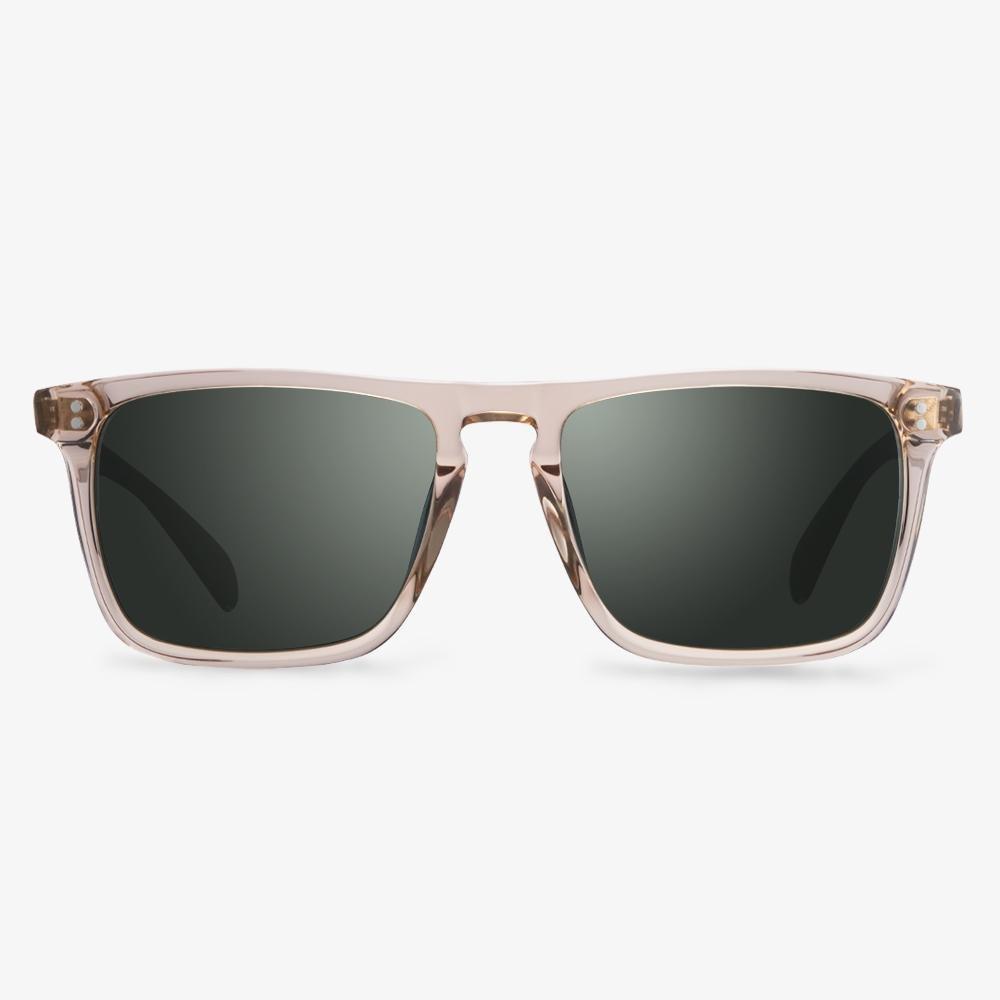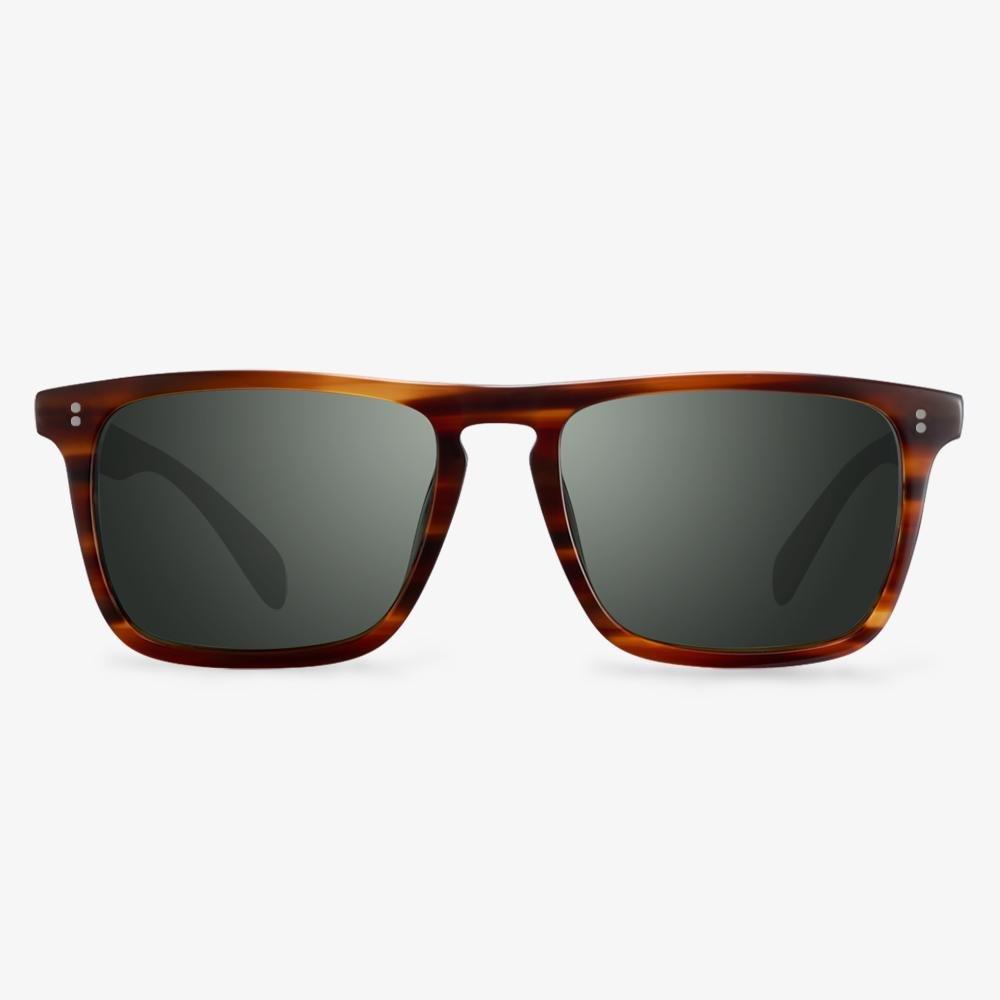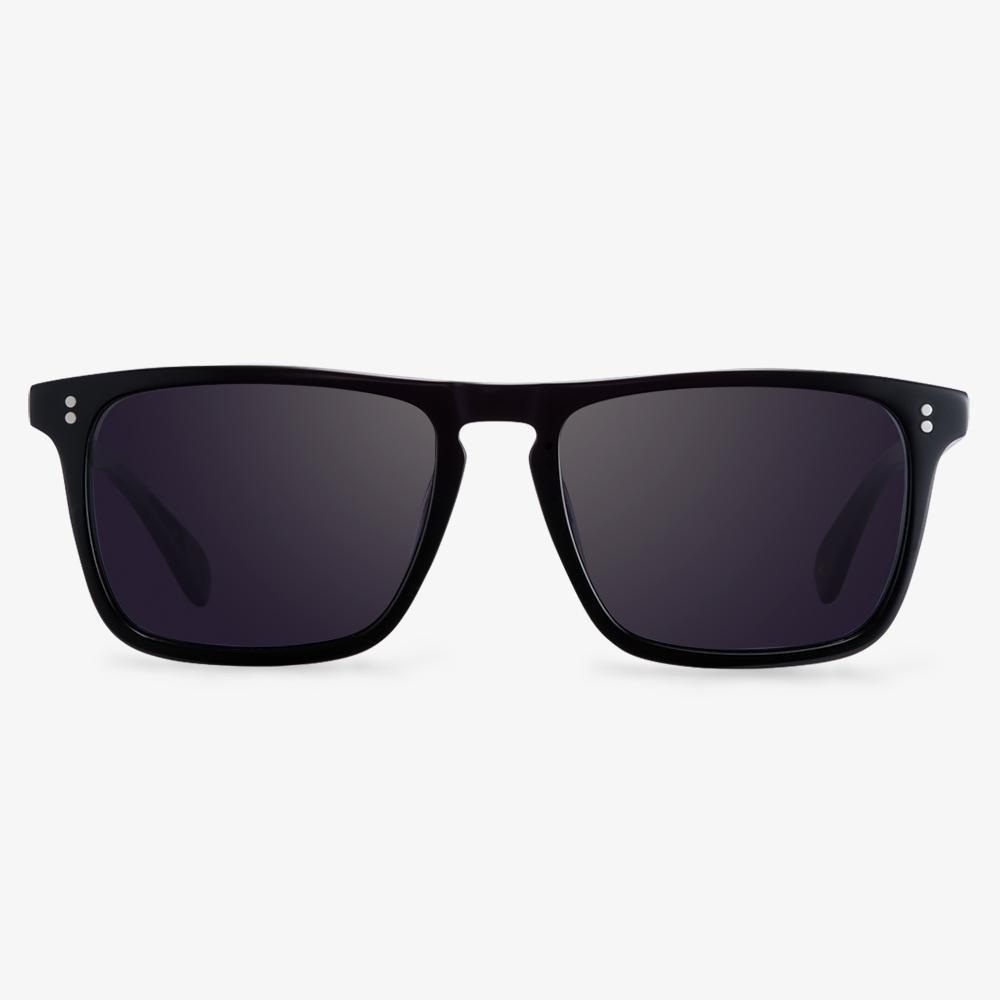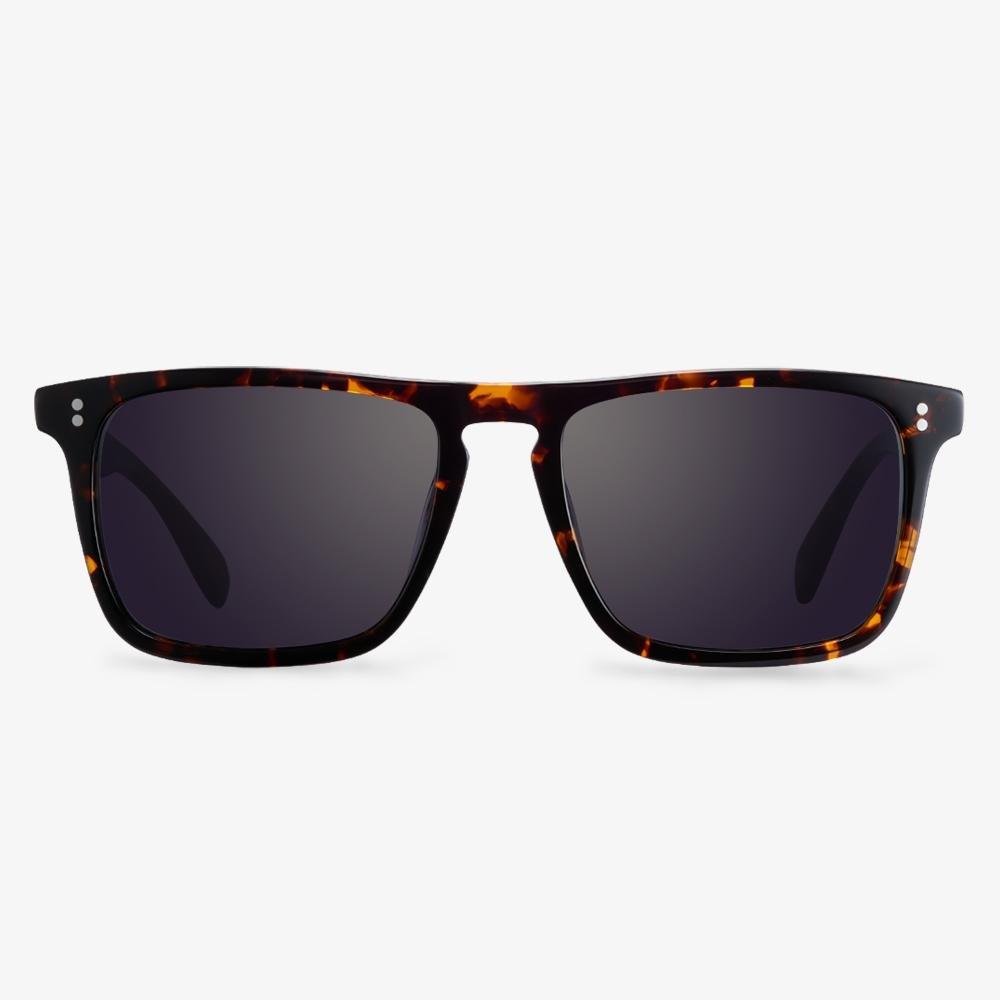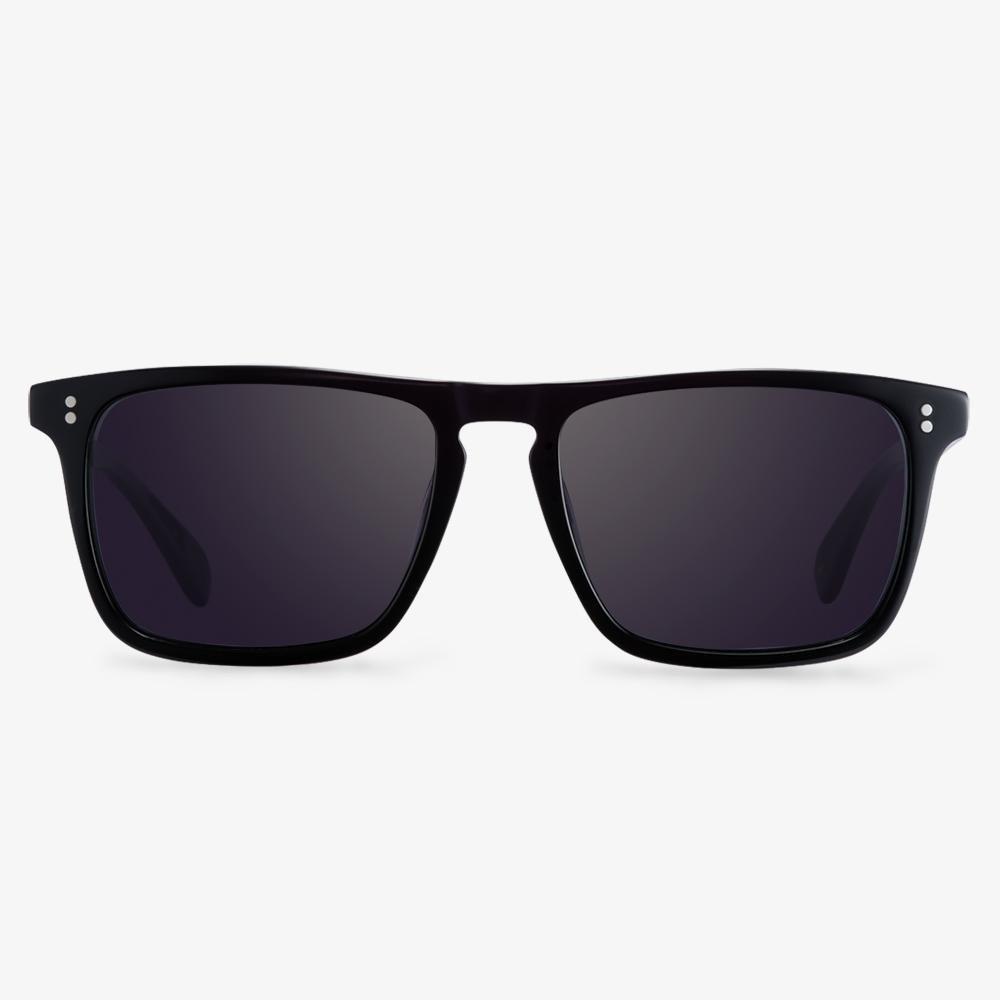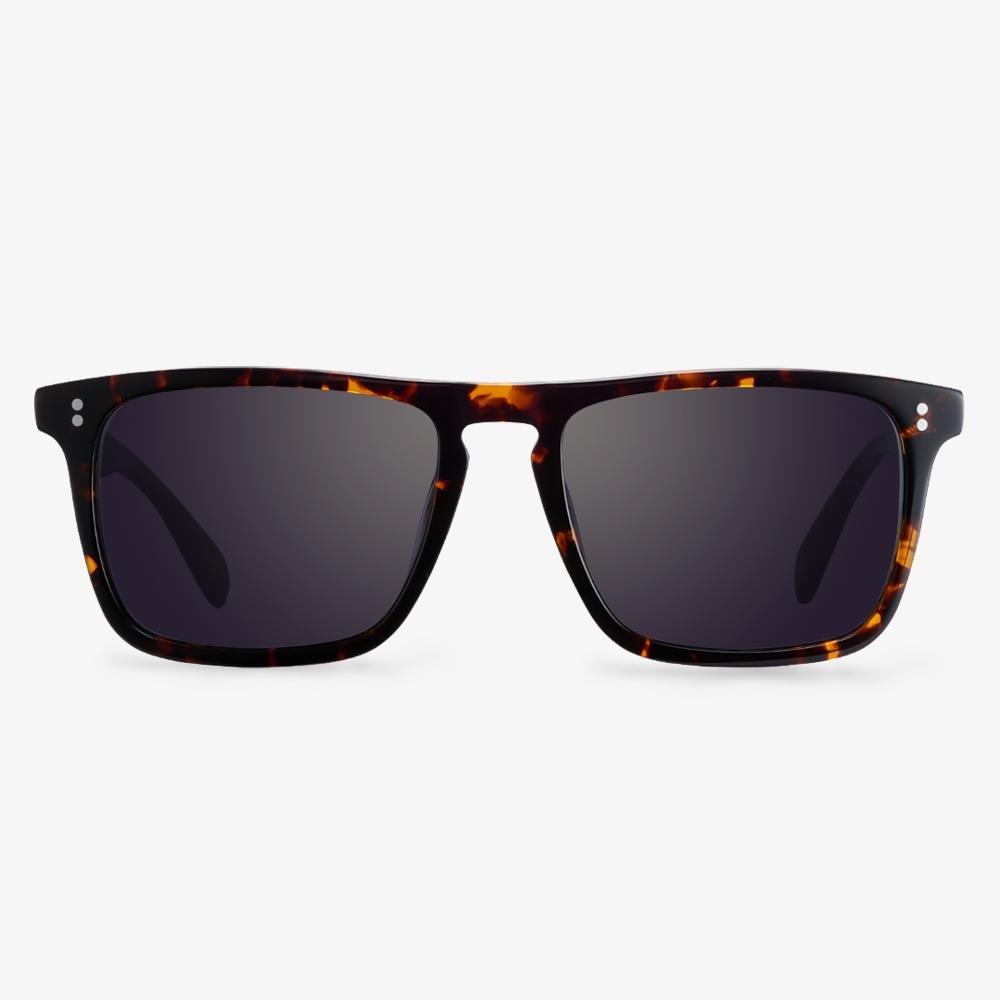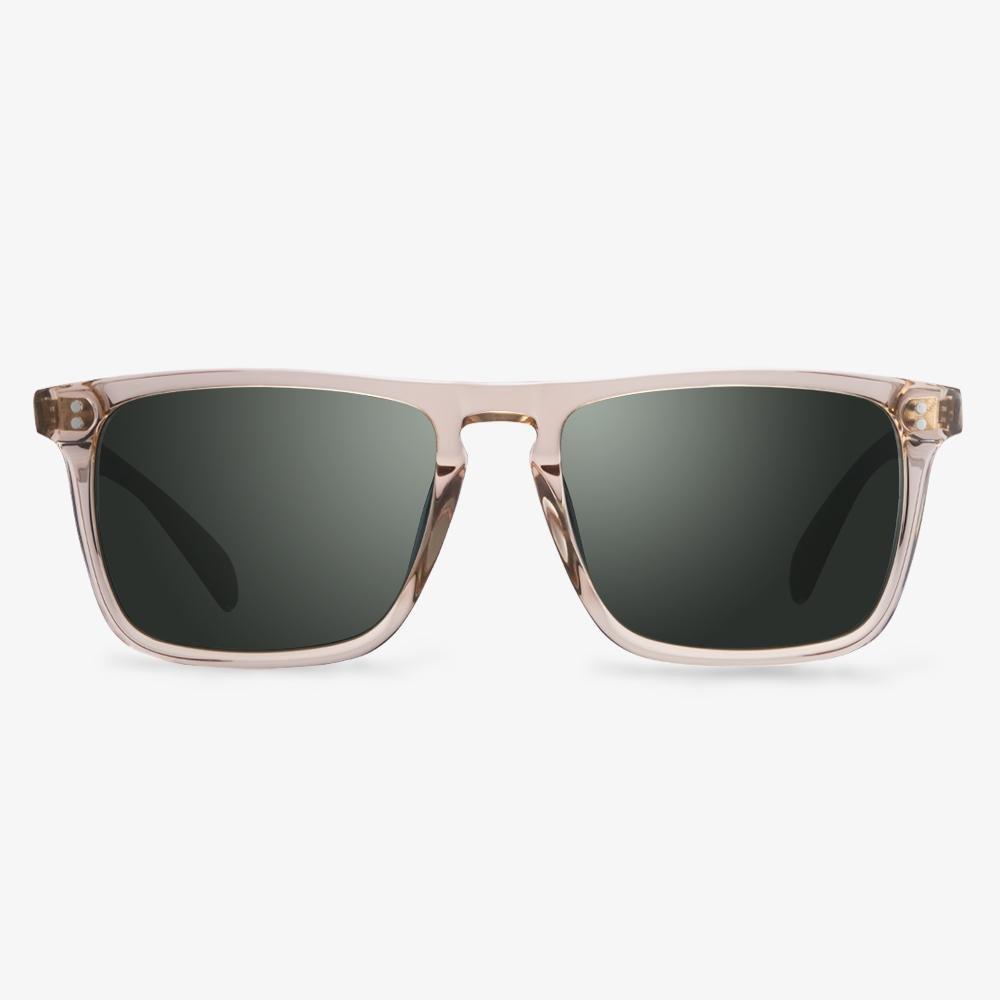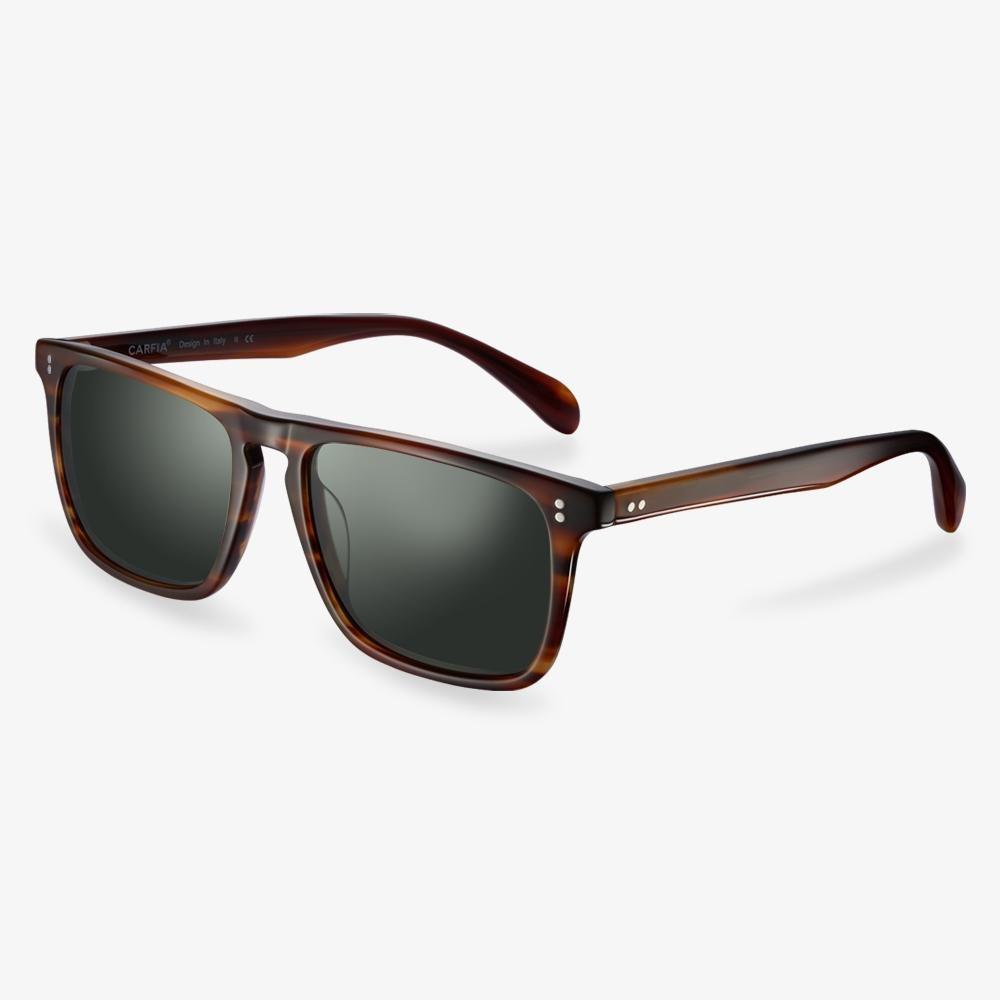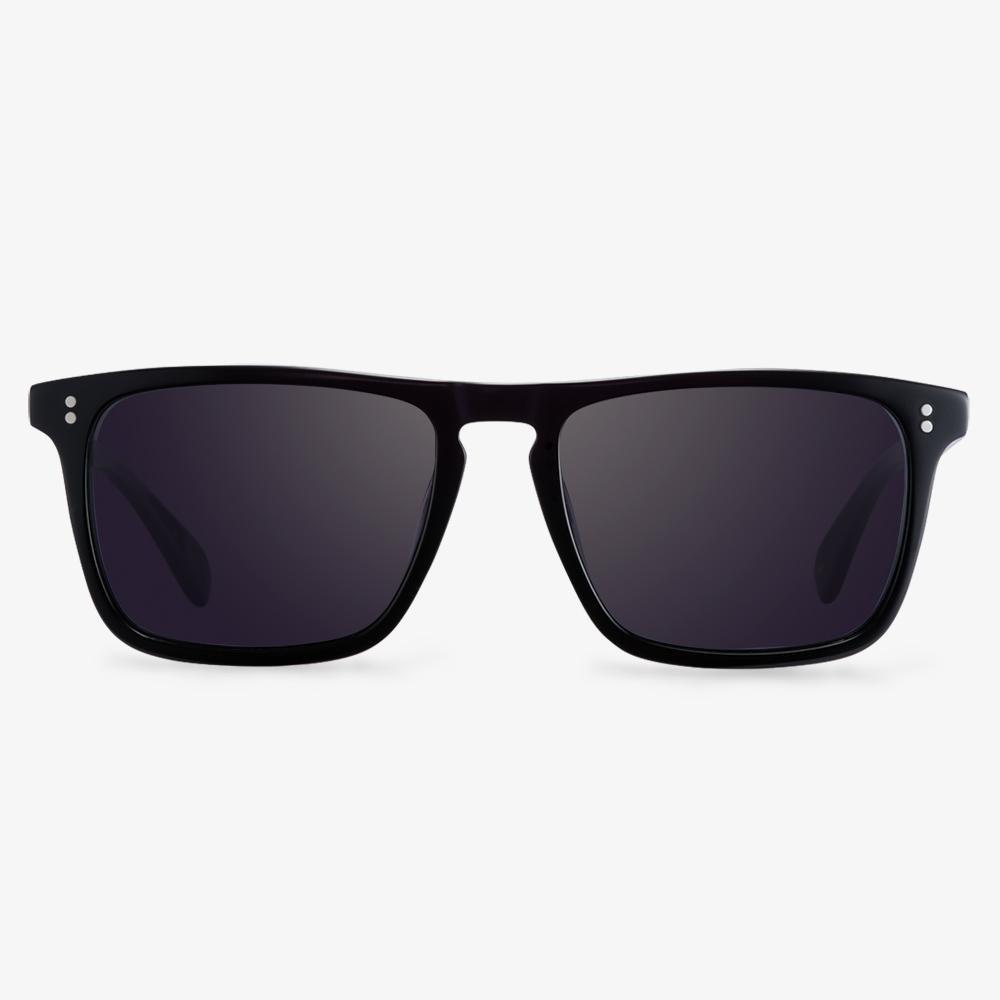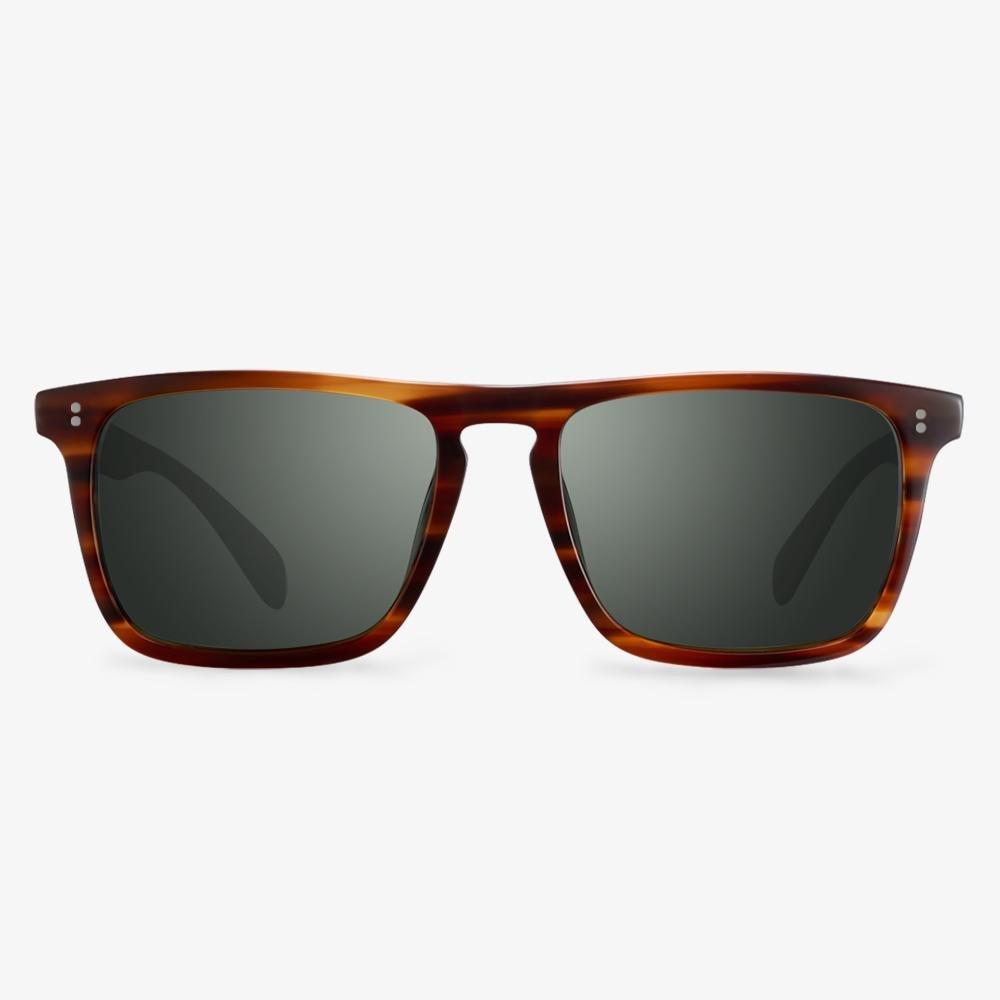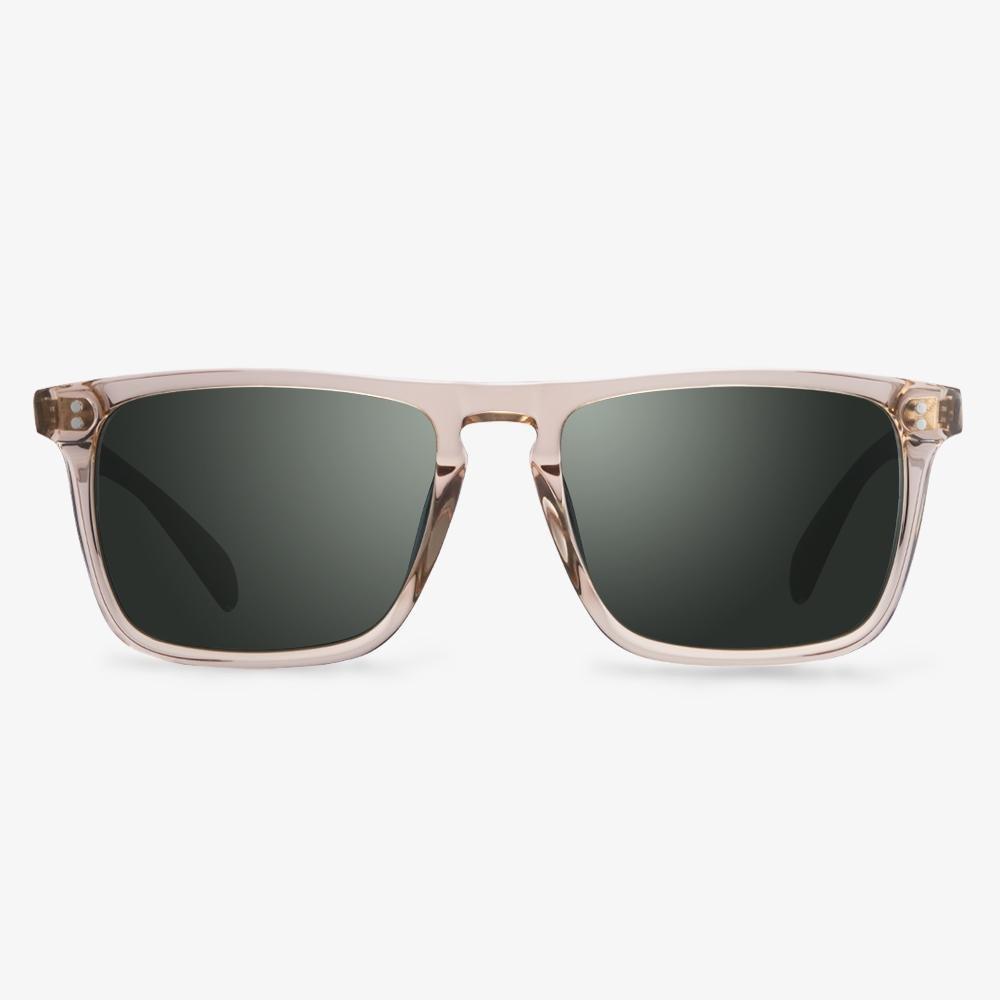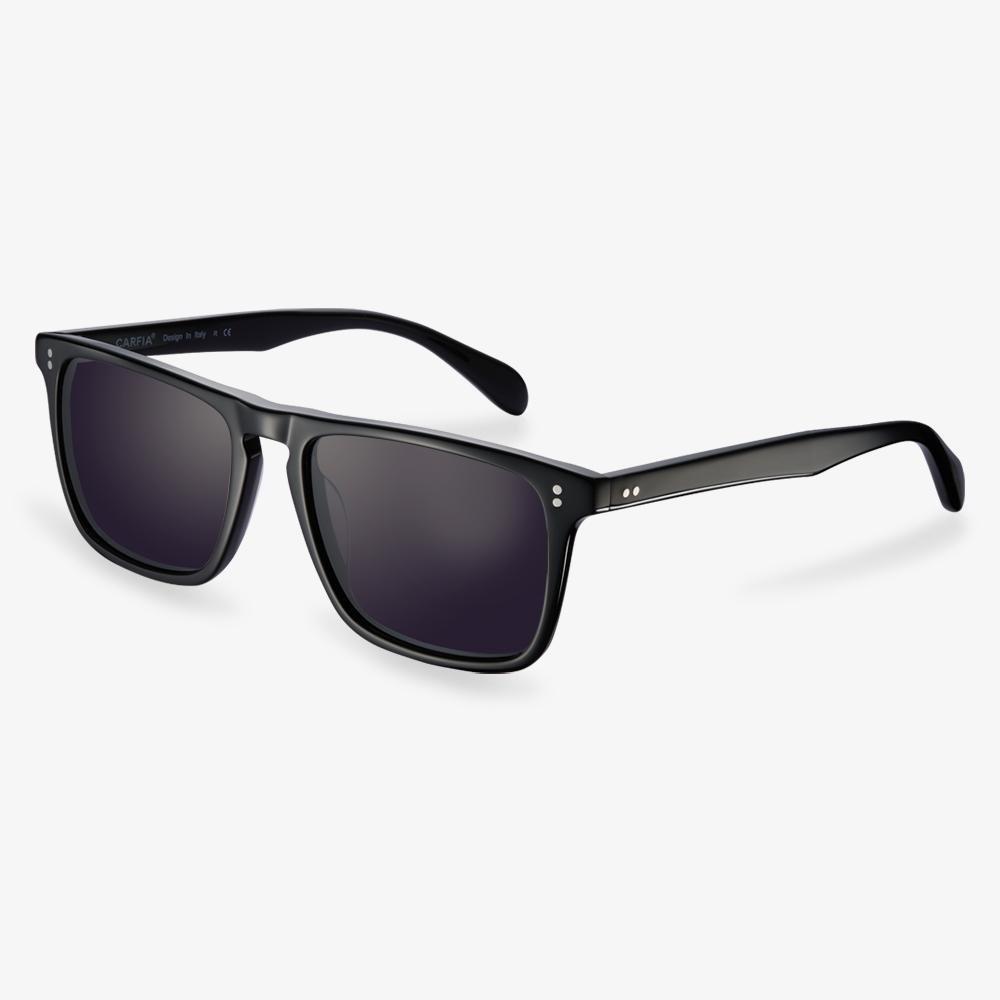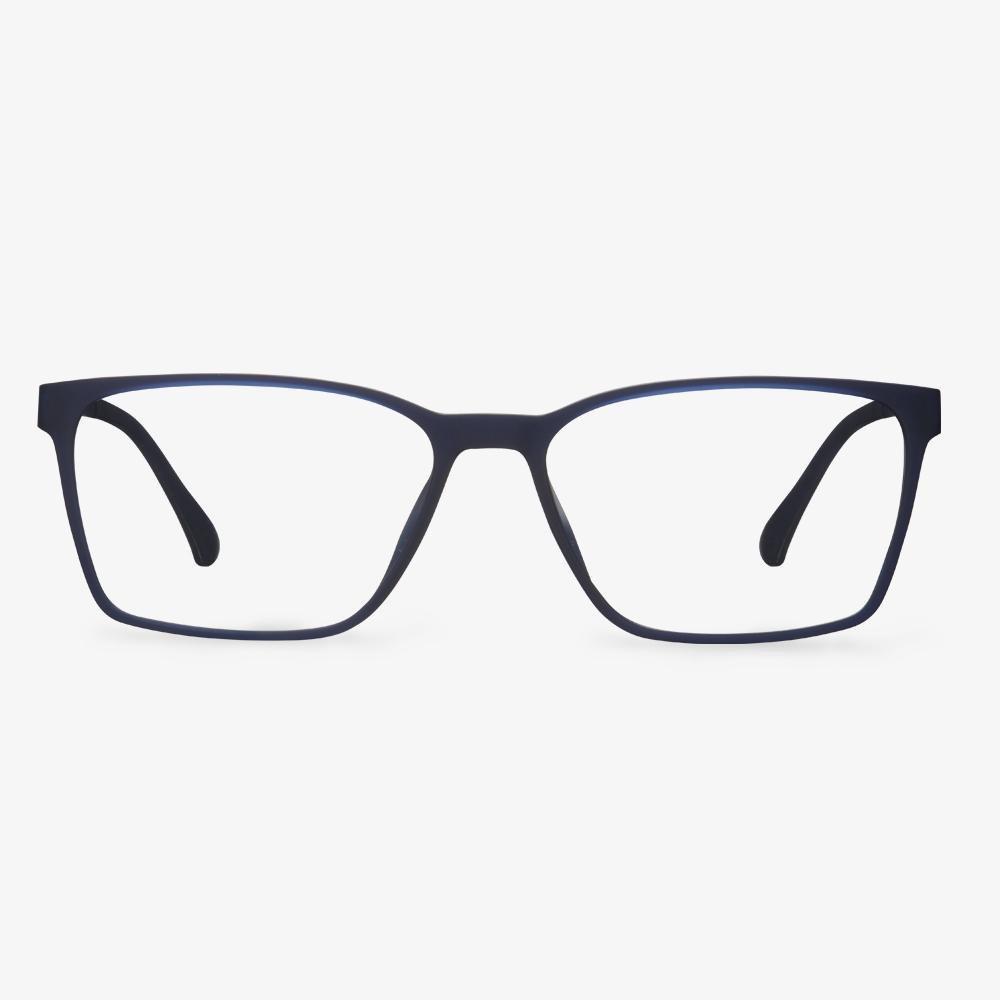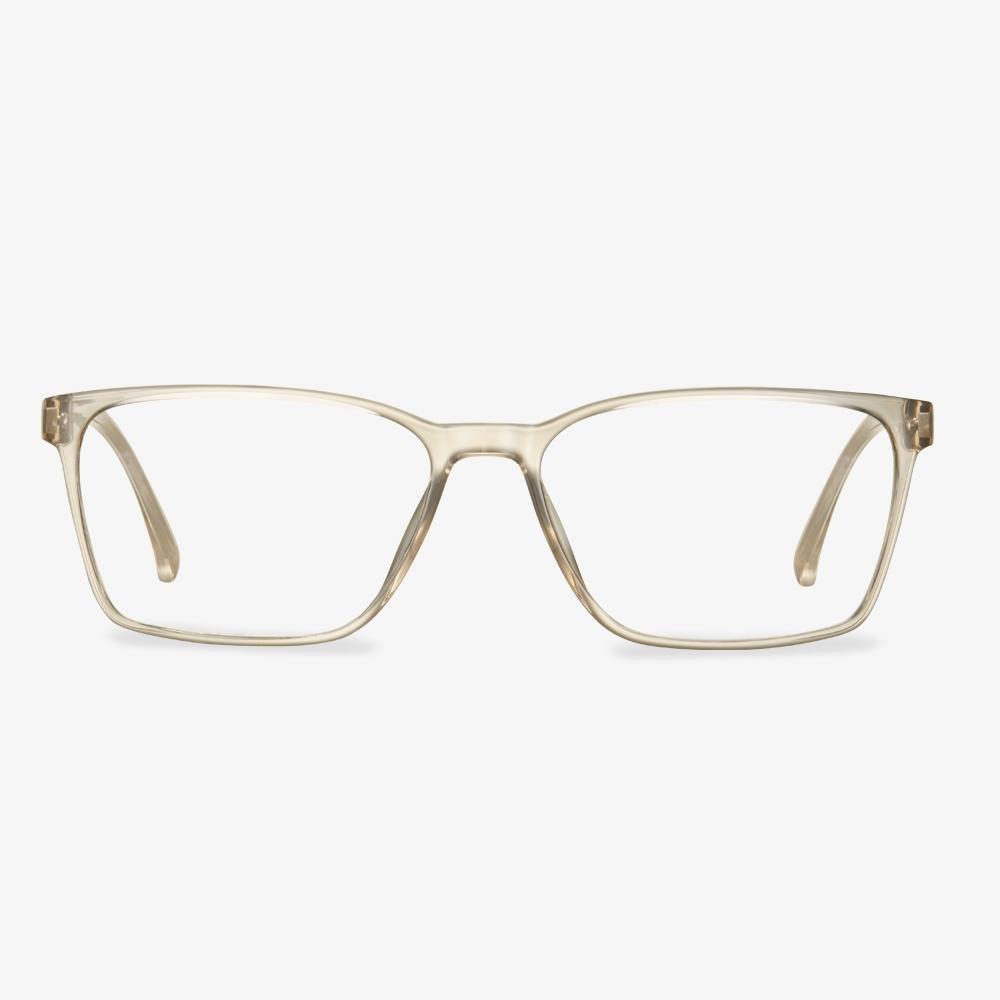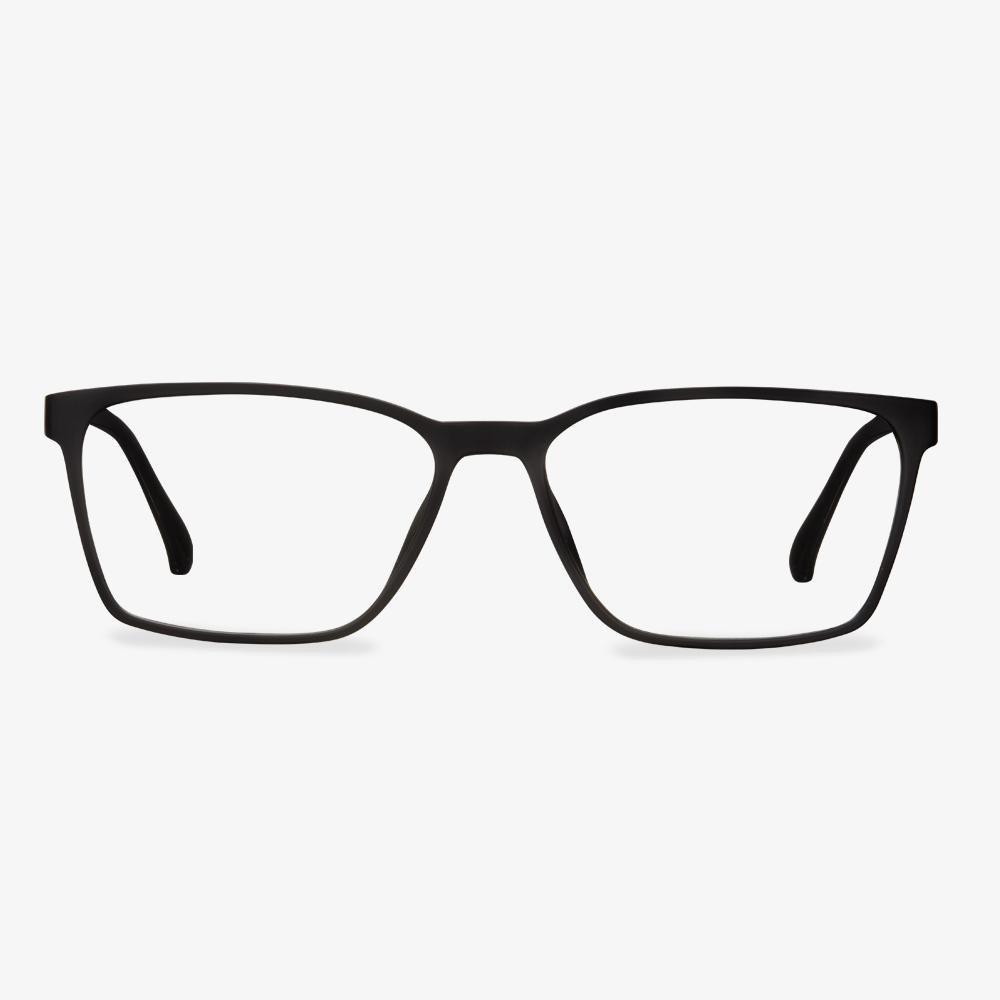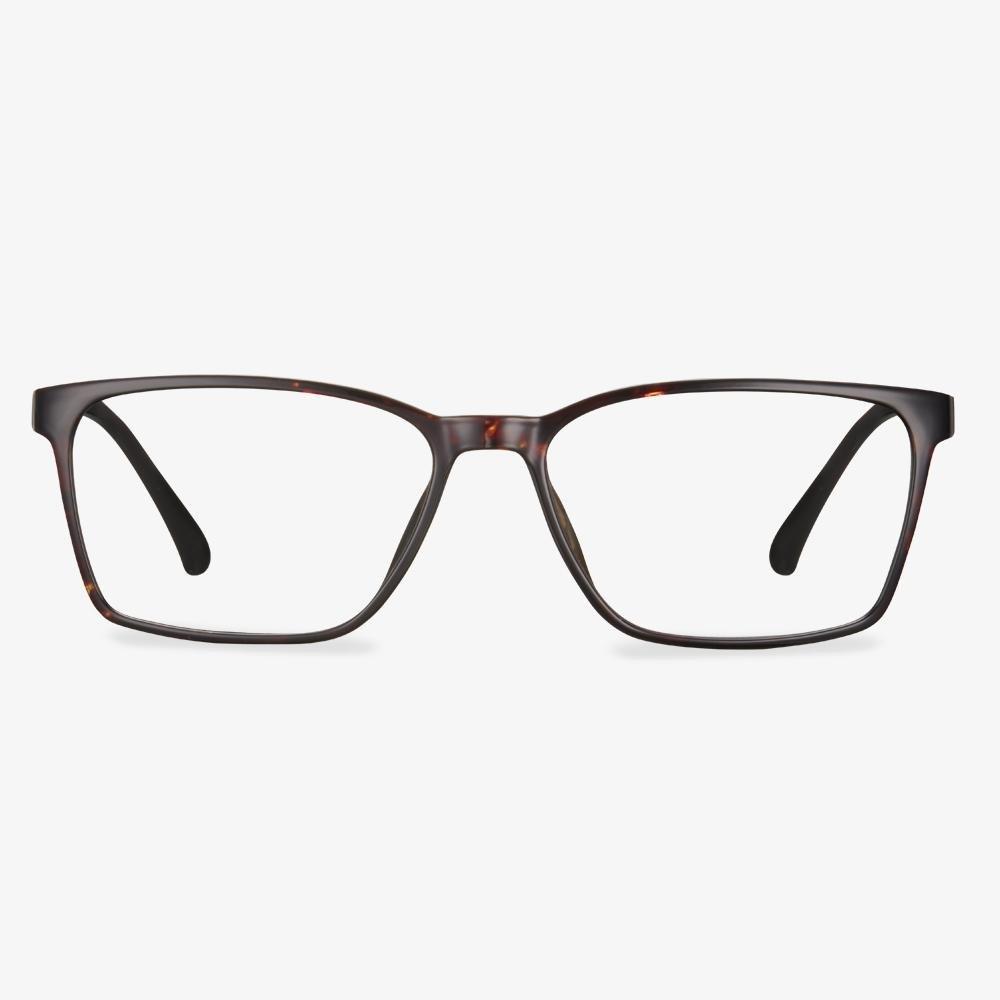Since the birth of the progressive eyeglasses, people seem to have found a life-saving straw. They pay much attention to the advantages of the progressive lenses-see both near and far, completely ignoring the contraindications and the application of the crowd of the progressive lenses.
Four categories of people suitable for progressive lenses
(1) Patients who are over 45 years old and have requirements for distance vision, near vision, and middle-distance vision in work and life. Such as teachers, doctors, leading cadres, etc. This group of people is dissatisfied with traditional bifocal lenses.
(2) Teenagers: normal distance vision can be used to prevent myopia; in patients with myopia, myopia increases rapidly every year, which can delay and control the development of myopia.
(3) Refractive error status: Single vision ≤±8.00DS Astigmatism ≤±2.00DC Vertical anisometropia ≤±2.00D
(4) The best candidates for progressive eyeglasses lenses
1) The person Aged over 45 years old who had worn glasses and is continues to wearing, middle and far vision requirements. Distance light ≤±6.00DS, astigmatism ≤±2.00DC, vertical deviation ≤±2.00D. The key point is a history of wearing glasses. Patients who have worn glasses for a long time have long been accustomed to the aberrations caused by glasses. People who have no history of wearing glasses will still feel uncomfortable even if they wear plain glasses. If they wear multifocal glasses, they will be even more uncomfortable.
2) Myopia in teenagers increases by more than -1.00D every year and they hope to control and delay the development of myopia. Practice has proven that after these patients use multifocal glasses, the rate of myopia progression will be controlled or delayed.
Two major contraindications of progressive lenses
1) People with vertical anisometropia of both eyes >±2.00D astigmatism >±2.00D. Due to the large anisometropia of both eyes of these patients, an intolerable prism effect is formed when the eyes are focusing. When reading, the eyes not only turn inward, but also the lower ends rotate toward the nose, causing the near astigmatism axis and the distance astigmatism axis to be slightly different. If the astigmatism is too large, it will affect the correction of near astigmatism.
2) People who require a larger field of view at mid- and near-distances, such as drivers, librarians, accountants, etc. It is not advisable to choose progressive multifocal glasses.
3) People who have normal distance vision and never wear glasses pair of glasses can see objects in the distance, medium and close range clearly (i.e., multi-focal glasses that are often said in the optical industry to be "flat at the top and old at the bottom"). The success rate of progressive multifocal glasses for these patients is low.
Six categories of people for whom progressive lenses are not suitable
(1) Since the near vision area of progressive lenses is lower than that of traditional multifocal lenses, it is necessary to move the head to bring the eyes into the reading area. Therefore, it is not suitable for people who cannot move the head at will. Including: lameness, short neck, short stature, patients with cervical spondylitis, patients with shoulder arthritis, patients with spondylosis, and patients with spinal curvature.
(2) People with motor system disorders, poor balance ability (such as motion sickness, seasickness, or similar dizziness symptoms), and inner ear dysfunction are not suitable for wearing progressive lenses, especially when wearing progressive lenses with a hard design. .
(3) It is not suitable for people who need near vision when looking upward, such as librarians, pilots, and plumbers.
(4) It is not suitable for people who need far vision when looking downward, such as construction workers.
(5) The spherical diopter of both eyes is greater than 2D and the effective cylinder diopter is greater than 2D, especially when it is in the vertical direction (horizontal axis), it is not suitable to wear progressive lenses.
(6) High refractive errors, strabismus, amblyopia, anisometropia, PD less than 58mm, flat nose bridge, nervousness, high blood pressure, motion sickness, heart disease, short neck, high requirements for vision and mid- and near-field vision people and elderly people over 70 years old.



